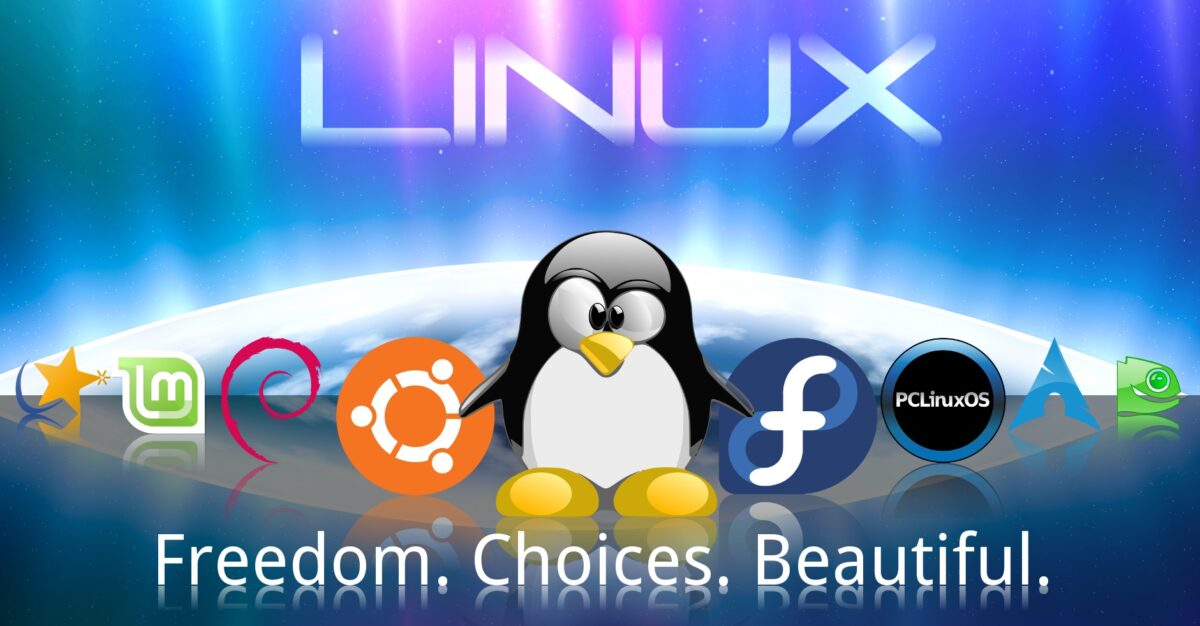Linux comes under community of open-source operating systems. All the operating systems in this category are based on the Linux Kernel. In 1991 September, Linus Torvalds released Linux and it is completely free and open-sources as well. Hence the source code of this operating system can be distributed and modified by anyone non-commercially as well as commercially. But, this happens under GNU or General Public License.
When designed it was targeted just for personal computers. But, gradually users started utilizing it in all other types of machines such as mainframe computers, servers, and supercomputers. Today Linux is utilized even in embedded systems. It is best choice for routers, automation controls, televisions, digital video recorders, smart-watches, and for in-game controls.
Linux Android has gained the highest success and this is based on the Linux Kernel. Today this operating system is running on most of the tablets and smartphones. Linux Android has a huge installed base and it is popular as a general-purpose operating system. Linux usually comes in Linux distribution.
Linux Distribution
This can be understood as a huge collection of software and they all are based on the Linux Kernel. So, Linux distribution can be considered as many supporting software and libraries along with Linux kernel. By downloading any one Linux distributions, users can get Linux based operating system. But this should be separately downloaded for personal computers and embedded devices. There are over 600 Linux Distributions currently available. Deepin, OpenSUSE, Fedora, Solus, Debian, Ubuntu, Elementary, Linux Mint, Manjaro, and MX Linux are some of the Linux distributions.
Linux Architecture
There are many components in Linux architecture.
Kernel
This is the core of Linux and it is very helpful in virtualizing hardware resources. It can offer virtual resources for every process and it creates an environment where it feels like a single process is running at a time. Kernel plays a major role in ruling out conflicts and mitigations among processes. Micro Kernels, Exo Kernels, Hybrid Kernels, and Monolithic Kernel are some of the kernels available.
System Library
It is nothing but a set of special functions. These are used when implementing the functionalities of Linux operating system.
Shell
Linux has shell as an interface. This is used for hiding the complexities related to the functions of the kernel from users. Shell receives commands from a user and it executes respective kernel function.
Hardware Layer
RAM, HDD, CPU are the peripheral devices and they are present in the hardware layer.
System Utility
This component is devices to present the operating system’s functionalities to the user.
Advantages of Linux
- Linux is one of the open-source operating system and hence source code is available easily to the users
- Linux is comparatively secured than any other operating system
- Updates are frequent and easy
- Based on needs and requirements, users can choose Linux distributions and utilize them
- Linux is freely available and anyone can download it
- Community support is best with Linux. When it comes to stability, Linux is the right choice. There is no need to worry about rebooting it often
Apart from this, when you use Linux, it is easy to maintain privacy. Linux is network friendly and it is compatible with plenty of file formats.
